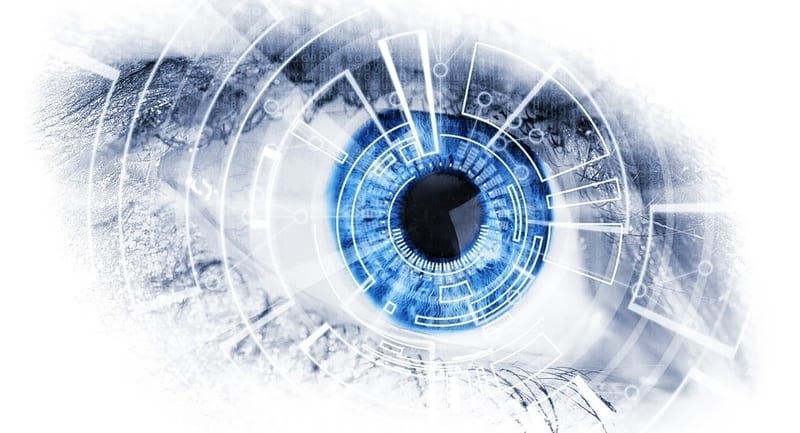How SIEM Improves Business Incident Response Plans


How does SIEM improve businesses’ incident response? Why does incident response matter in next-generation cybersecurity?
Much of the discussion of cybersecurity by IT decision-makers focuses on the deflection and repelling of cyberattacks. Granted, this represents a vital component of cybersecurity; the more threats you can deter or prevent, the less damage hackers can do to your IT infrastructure; thus, you can benefit from less damage to your bottom line and reputation.
However, that’s not enough. Even the most formidable of digital perimeters, composed of components including multifactor authentication and sophisticated endpoint security, can’t prevent all attacks. Eventually, a threat will break through your defenses.
As such your enterprise must devote itself to incident response. Thankfully, SIEM can help your organization improve its incident response plans. Here’s how.
Widget not in any sidebars
What is Incident Response?
Incident Response refers to the actions an enterprise undertakes after a hacker or insider threat begins a cyber attack or data breach. Often, this involves a security operations center’s (SOC) incident response team beginning the actions necessary to mitigate and remove the threat. This may include threat hunting (to find the threat or any lingering malicious code). Yet it can also include alerting relevant departments (such as legal) of the breach, locking down sensitive databases, tracking the progress and history of the threat, and more.
Also, incident response must involve the entire business workforce, including non-technical employees. Proper cybersecurity education can help employees recognize threats, thereby reducing the number of threats and speeding incident recognition. Additionally, it helps employees know how to act during a security incident to reduce the risk of further digital infection.
Of course, this means that your enterprise needs to instruct all of your workers in your incident response plan. An incident response plan contained in a binder on a random shelf helps no one. Instead, you need to practice it the same way you would train employees for a fire: regularly, and with an eye to any inefficiencies or dangerous behaviors.
So those are the basics of incident response. But how does SIEM help improve incident response?
How SIEM Improves Incident Response
First, SIEM helps with threat hunting through its log management capabilities. This helps provide much-needed visibility over disparate network locations and helps contextualize potential security incidents. This speeds up investigation efforts, enabling your team to trigger incident response faster.
Moreover, SIEM provides multiple threat intelligence feeds, allowing your IT security team to stay up-to-date. It does no one good to keep fighting the last battle. You need to know how hackers continue to evolve and what defenses and response you need to mitigate these threats.
Further, SIEM can help with incident response by logging and visualizing the activities of malicious users. Through user and entity behavior analytics, it can help your IT team detect compromised accounts or insider threats quicker than ever before.
Finally, SIEM solutions can improve incident response by helping with compliance reporting and centralized dashboards. The latter can help you more carefully monitor and conduct your investigations. The former helps you document the efforts you have taken to stay safe, mitigating damage to your reputation and bottom line due to a breach.
How to Learn More
You can learn more in our SIEM Buyer’s Guide. We cover the top providers and capabilities in the market in one free resource.
Widget not in any sidebars






















